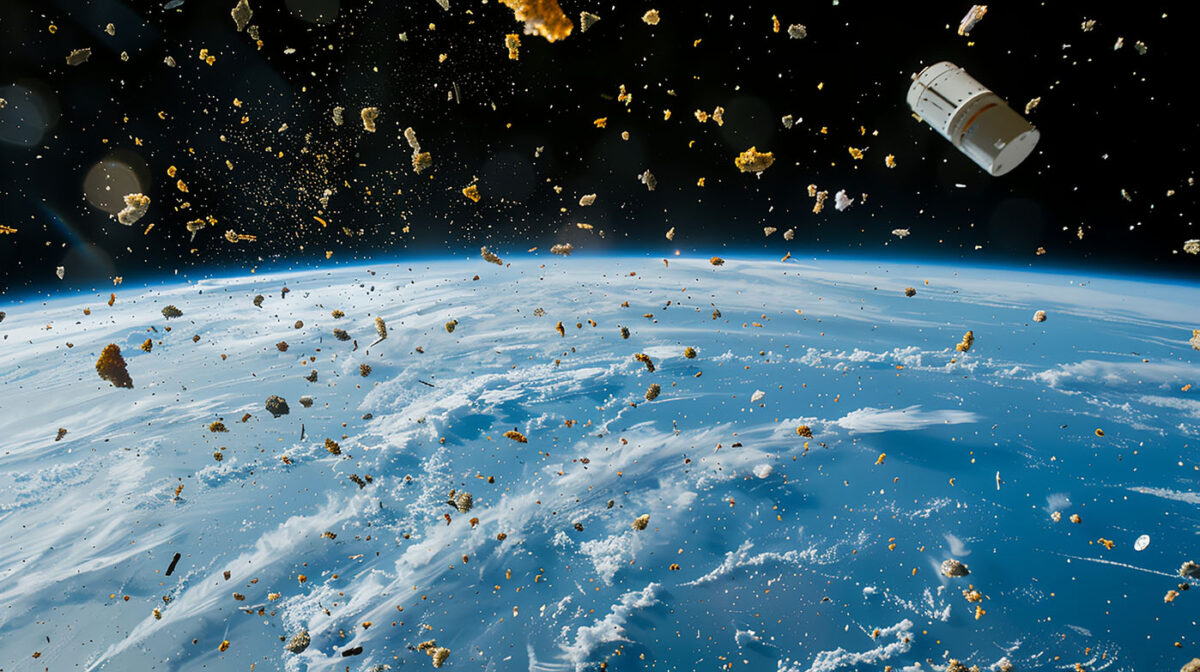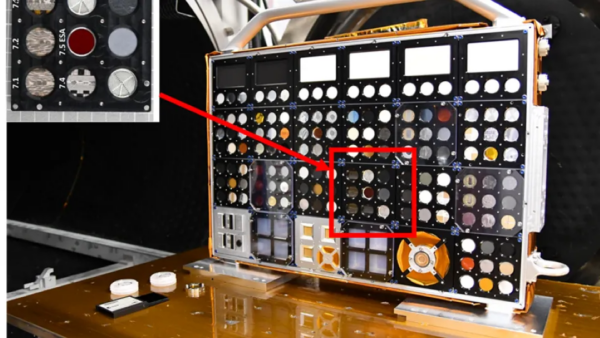High-Performance Materials from Earth to Space

A new generation of high-performance materials from the University of Bristol recently launched to the International Space Station (ISS).
Researchers from the University of Bristol developed some carbon fiber-reinforced polymers engineered specifically to withstand the extreme conditions encountered in space. Furthermore, they hold potential for supporting future space bases and enabling interplanetary missions. Additionally, these advanced materials could even contribute to the construction of a new International Space Station. Positioned on the Bartolomeo platform, they will undergo 12 to 18 months of intense testing in low Earth orbit.
You can also read: Bio-based Solvents for Polyimide Synthesis in Space Applications
Testing Under Extreme Conditions
As the materials orbit Earth, they will encounter temperatures ranging from -150ºC to +120ºC, as well as high-speed space debris. They will also face intense electromagnetic radiation, atomic oxygen exposure, and the high vacuum of space, which severely tests their durability. These extreme conditions will provide valuable data on their resilience and suitability for long-term space applications. Professor Ian Hamerton of Bristol’s Composites Institute notes that these materials must survive with minimal maintenance, as space repairs are highly challenging.
Bioinspired Composites
Four polymers, all reinforced with carbon fibers and two of the, also include nanoparticles, form the core of this study’s material testing. Developed in the University of Bristol’s labs, these materials could enable spacecraft to endure longer missions with components that last. They also meet the crucial need for radiation shielding, essential for any future space-based communities.

The Comat-designed SESAME module will hold the materials. The University of Bristol samples are shown in the image. Centre National d’Etudes Spatiales/Comat
Advancing Sustainability in Space Materials
This project highlights sustainability, alongside durability, as a priority in designing space materials. Dr. Ali Kandemir, a Senior Research Associate at the University of Bristol, researches ways to make these polymers recyclable and reusable. By creating materials that can be repurposed after use, researchers aim to reduce waste from future space missions. This approach aligns with broader sustainability goals, essential for long-term space exploration.
Collaborative Effort
This mission represents a collaborative effort, the result of five years of research involving early-career researchers and students, as well as organizations like the UK Space Agency and ESA. Professor Kate Robson Brown emphasizes how space research provides transformative opportunities for emerging professionals and supports the growing space economy. With funding from partners like Oxford Space Systems, this project is set to advance more sustainable, durable materials for future space missions and innovations.
